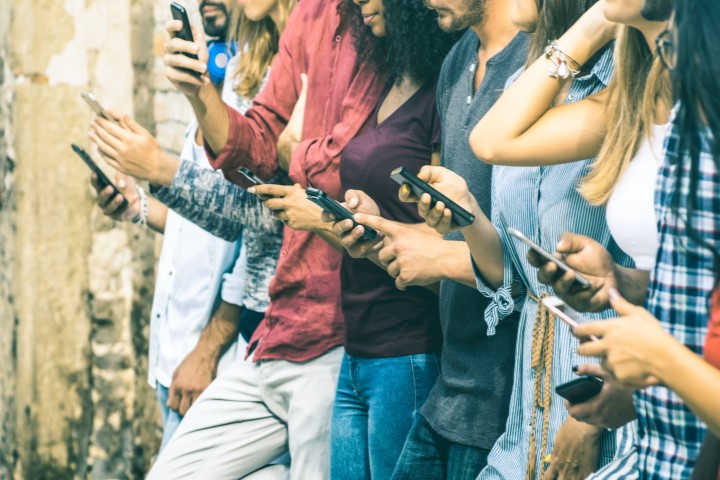A new Education Week survey of principals across the United States shows many are struggling to control the negative impact of student social media use on the learning environment.


A new Education Week survey of principals across the United States shows many are struggling to control the negative impact of student social media use on the learning environment.
Principals report a growing number of social media sites – from Facebook, Twitter, Snapchat and Instagram to lesser known sites like WhatsApp, Kik and LINE – are complicating the fickle social relationships of teens and causing a steady stream of disruptions in schools, including nude photo scandals, shooting threats and cyberbullying, among others.
Students’ social media use outside of school is at least a moderate concern of 79 percent of principals overall, while 78 percent of middle school principals are “extremely concerned” about the issue. At the same time, 38 percent of principals told the education site they’re unsure where to find strategies to help students use social media responsibly.
Only 14 percent of principals contend they’re “very prepared” to broach the subject, while 45 percent said they’re “somewhat prepared” and 32 report saying they’re “a little prepared.” Ten percent are “not prepared at all.”
The situation puts principals in the position of working to control the fallout of social media issues that spill into the school day with no clear guidelines to follow. Many also have a limited understanding of the social media sites facilitating the conflicts, experts told Education Week.
“I think our expectations of principals have become increasingly unreasonable,” Amanda Lenhart, deputy director for the Washington think tank Better Life Lab at New America, told the news site. “They’re fighting a losing battle.”
It’s a battle that’s waged in what the Institute of Advanced Studies in Culture at The University of Virginia calls a “moral ecology” that includes many factors beyond their control.
Institute researchers examined character formation in a variety of different schools and outlined their findings in “The Content of Their Character,” edited by James Davison Hunter and Ryan S. Olson.
“When social institutions – whether the family, peer relationships, youth organizations, the internet, religious congregations, entertainment, or popular culture – cluster together, they form a larger ecosystem of powerful cultural influences. None of these is morally neutral. Indeed, all social institutions rest upon distinctive ideals, beliefs, obligations, prohibitions, and commitments – many implicit and some explicit – and these are rooted in, and reinforced by, well-established social practices. Taken together, these form a ‘moral ecology,’” according to Hunter and Olson.
“Moral ecologies can vary by how coherent or incoherent they are, how thick or thin, how well-resourced or impoverished, how articulate or inarticulate, and the like. Character is invariably formed in these moral ecologies and is reflexive of them.”
The fact that school officials recognize the power of social media influences points to the importance of a moral ecology, yet many principals and parents feel powerless to control social media influences, likely because they’re rarely around when students navigate their virtual worlds.
“The Virtue of Self-Mastery” and other lessons from the UK’s The Jubilee Centre for Character and Virtues can help students learn to limit their own technology and social media use by prompting them to think through how it impacts their lives and others before it’s too late.